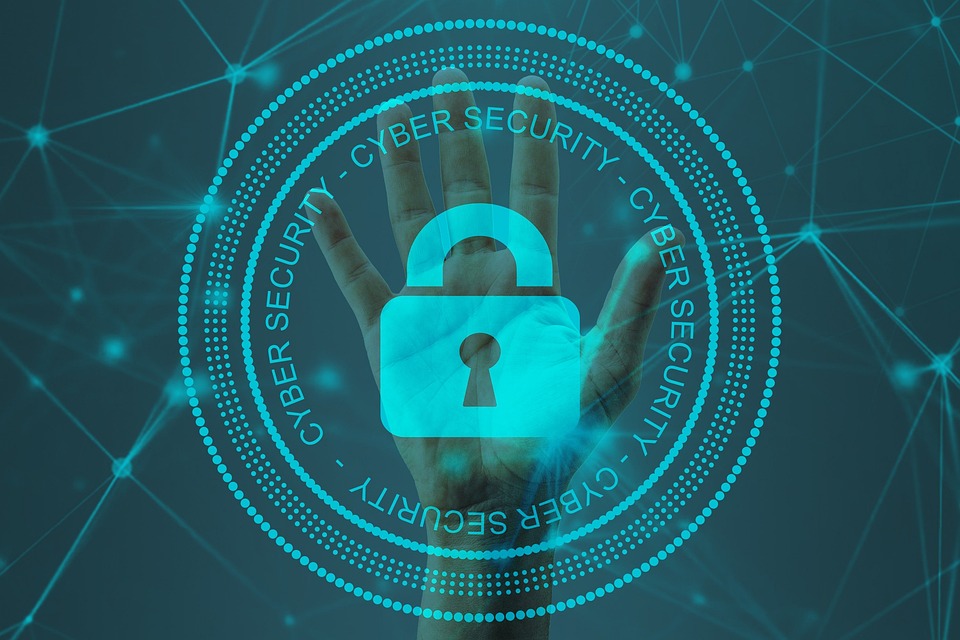The future of information risk management is an exciting and ever-evolving field. As technology advances, so too does the need for organizations to protect their data and systems from malicious actors. Information risk management is the practice of identifying, assessing, and mitigating risks associated with the use of information technology. It is a critical component of any organization’s security strategy and is becoming increasingly important as the world becomes more connected.
The future of information risk management will be driven by the need to protect data and systems from increasingly sophisticated threats. As technology advances, so too will the threats posed by malicious actors. Organizations will need to stay ahead of the curve by implementing advanced security measures such as artificial intelligence (AI) and machine learning (ML) to detect and respond to threats in real-time. Additionally, organizations will need to invest in training and education to ensure their staff are up-to-date on the latest security trends and best practices.
Organizations will also need to focus on developing a comprehensive risk management strategy that takes into account the entire organization. This includes assessing the risks associated with the use of third-party vendors, cloud computing, and mobile devices. Additionally, organizations will need to ensure that their risk management strategy is regularly updated to reflect the changing landscape of information security.
Finally, organizations will need to invest in the development of a culture of security. This means creating an environment where employees are aware of the importance of security and are willing to take the necessary steps to protect the organization’s data and systems. This includes implementing policies and procedures that ensure employees are following best practices and are aware of the risks associated with their actions.
The future of information risk management is an exciting and ever-evolving field. Organizations must stay ahead of the curve by investing in the latest security technologies, developing comprehensive risk management strategies, and creating a culture of security. By doing so, organizations can ensure their data and systems are protected from malicious actors and remain secure in the future.
























